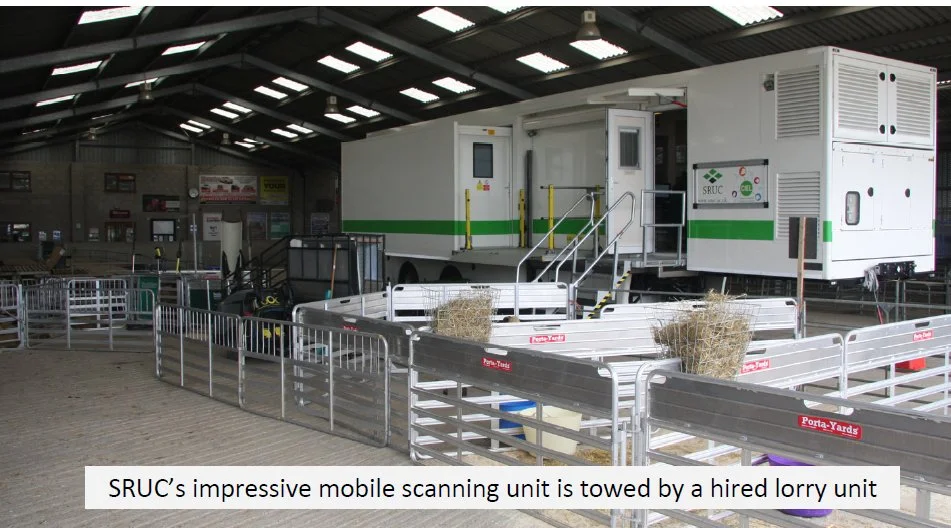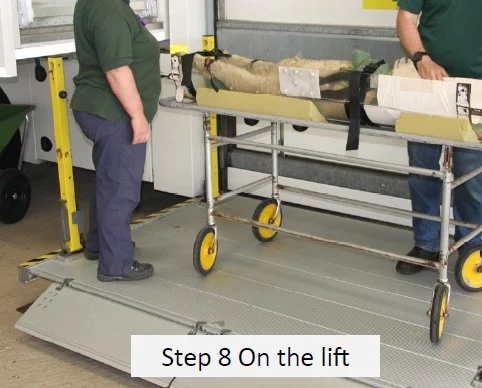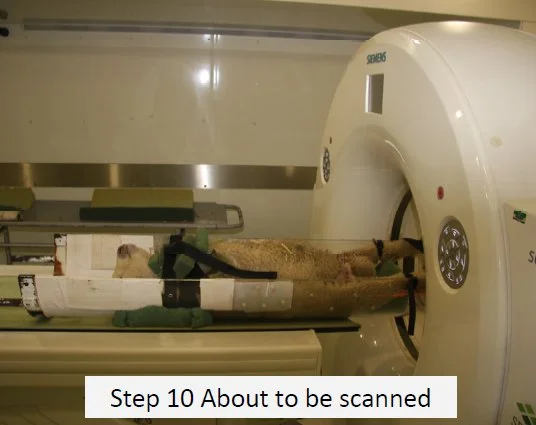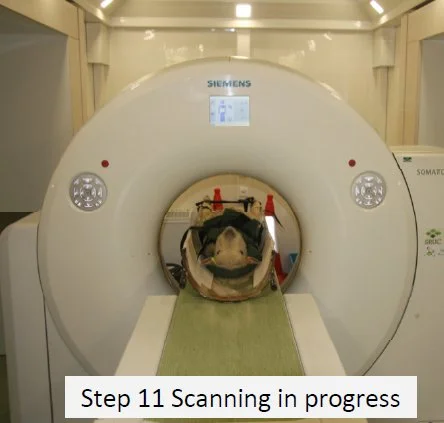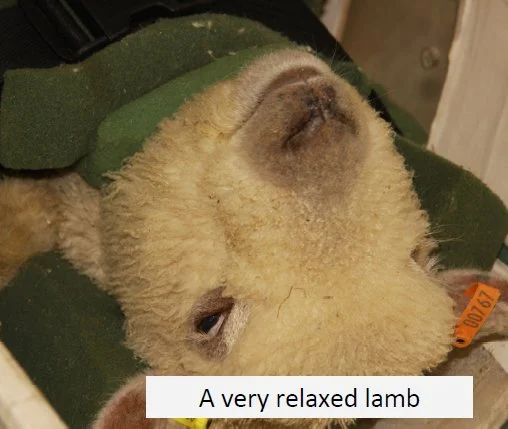In July 2021, Patrick Goldsworthy took seven Southdown ram lambs on a day trip to Stratford upon Avon to be the first ever Britsh Southdowns to be CT scanned. The story board below explains the process and what was involved.
“I am always interested in trying something new and wanted to see what was involved, how well they did and how it affected their performance data so with the help of Sam Boon at Signet, I selected some of my better ram lambs to see how it all worked.”
“There were some important first steps: lambs need to be carefully selected; be performance recorded, and had to be ultrasound scanned and weighed (>35kg) BEFORE being taken for scanning and they had to be starved for 4 hours before scanning.”
CT or Computed Tomography scanning has been used for many years by sciensts and progressive breeders from the larger commercial terminal sire breeds to beer understand the make up and muscularity of the carcase. It uses a full body scan to assess the muscle: bone:fat components of the lamb and thus validate and improve the accuracy with which to predict meat yield, using ultrasound scanning data in performance recorded flocks. The tradional back scan measures the eye muscle and fat depth at the third lumbar vertebrae. CT scanning also provides addional measurements on traits such as muscularity of the gigot, intramuscular fat and spine length.
Final Thoughts
“It was a fascinating experience. Kirsty and John were incredibly gentle with the lambs who seemed totally unphased by it all. My only problem was finding somewhere for lunch (for me!).”
“The data will be useful not just to me but to other recorded flocks as there is a genec connecon between many of us. In theory, ram buyers should pay more for my stock but I am being realisc about that one, playing the long game. I would rather have more commercial farmers buying good quality well-muscled Southdowns at a fair price.”
“The only down side is that there is a bill to pay for this data and expertise: £98/ram but this is cut to £43/head thanks to support from AHDB.” (Similar support is available from HCC and QMS)
